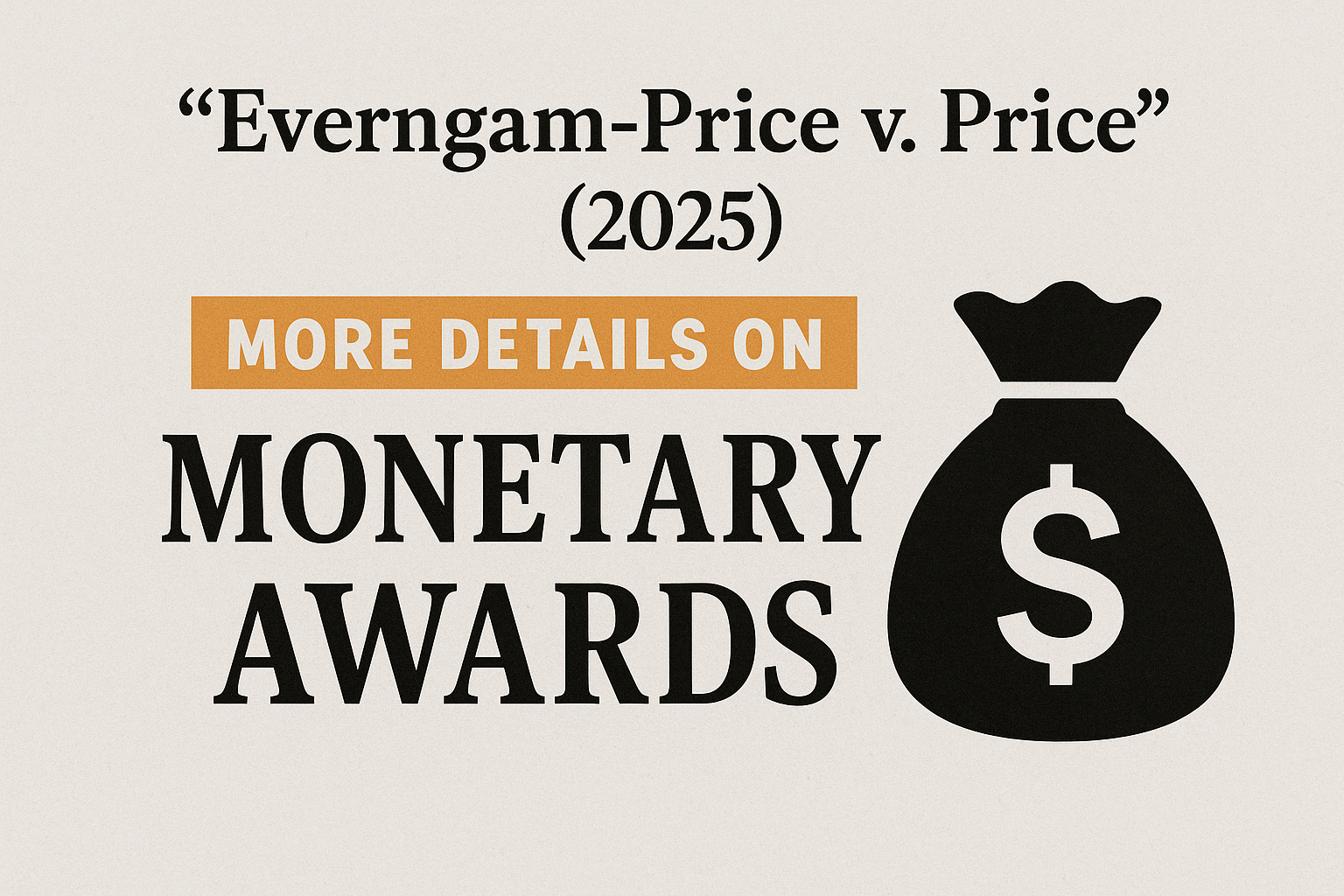Introduction: Essentials of Life Estate Interests
Property interests come in various forms. Among laypeople, there is a common misconception that all ownership interests in property are basically the same, or nearly identical. In reality, property interests are highly variegated, and accord varying degrees of control over a given piece of real or personal property. A “life estate” is a particular type of property interest which is commonly seen in property transfers between relatives. Essentially, the holder of the life estate interest has a “present possessory” interest which lasts for the duration of that holder’s lifetime. The holder does not have the ability to control future possession of the property after he or she passes away, and so the property transfers to a new holder without any input or control by the holder of the life estate. Furthermore, the future interest which occurs after the life estate interest is finished is also undetermined, and so the future interest holder may acquire a completely separate type of interest (fee simple absolute, fee simple subject to condition subsequent, etc.).
Benefits of Life Estates
Life estate interests offer numerous benefits. One of the major benefits is that the ownership isn’t “restricted” to just a single person: because the interest collapses when the present holder passes away, there is a “reversionary” or remainder interest which automatically transfers to another person. And, this secondary or remainder beneficiary isn’t selected by the holder of the life estate (at least not in most cases), and so the original owner can identify multiple beneficiaries simultaneously. There is a benefit to ensuring that an asset isn’t used solely by a single beneficiary, and we commonly see life estate interests which involve relatives as beneficiaries.
Another benefit of life estates is that these interests “bypass” or go around the probate process. When an asset is transferred with a life estate interest via will, instead of inter vivos gift, that asset goes directly to the beneficiary without any procedural issues deriving from probate. This obviously confers a substantial benefit to both the original owner and the eventual life estate interest holder.
Risks of Life Estates
There are risks – or, perhaps more accurately, drawbacks – to conveying life estate interests in property. One drawback is that the person or entity which conveys the life estate property interest still, at least in some cases, retains a form of ownership over the property for tax purposes. This is the case, obviously, when the interest is transferred as part of an inter vivos gift. In other words, if person A conveys a life estate interest in an expensive painting to person B, person A may still have to claim ownership of the painting in his or her estate. This can have significant ramifications for estate taxation. Clearly, this is something which must be carefully considered when conveying life estate interests.
Another drawback is that a life estate interest typically cannot be revoked during the recipient’s lifetime, which means that the grantor must be particulasurly careful when conveying such an interest.
Contact the Murphy Law Firm for Additional Information
If readers want to know more about the benefits and risks of life estate interests, other types of property interests such as fee simple absolute, wills, trusts, or any other related topic, contact one of the estate planning attorneys at the Murphy Law Firm today by calling 240-219-5243.







.webp)




.png)

.png)

.png)
.png)
.png)

